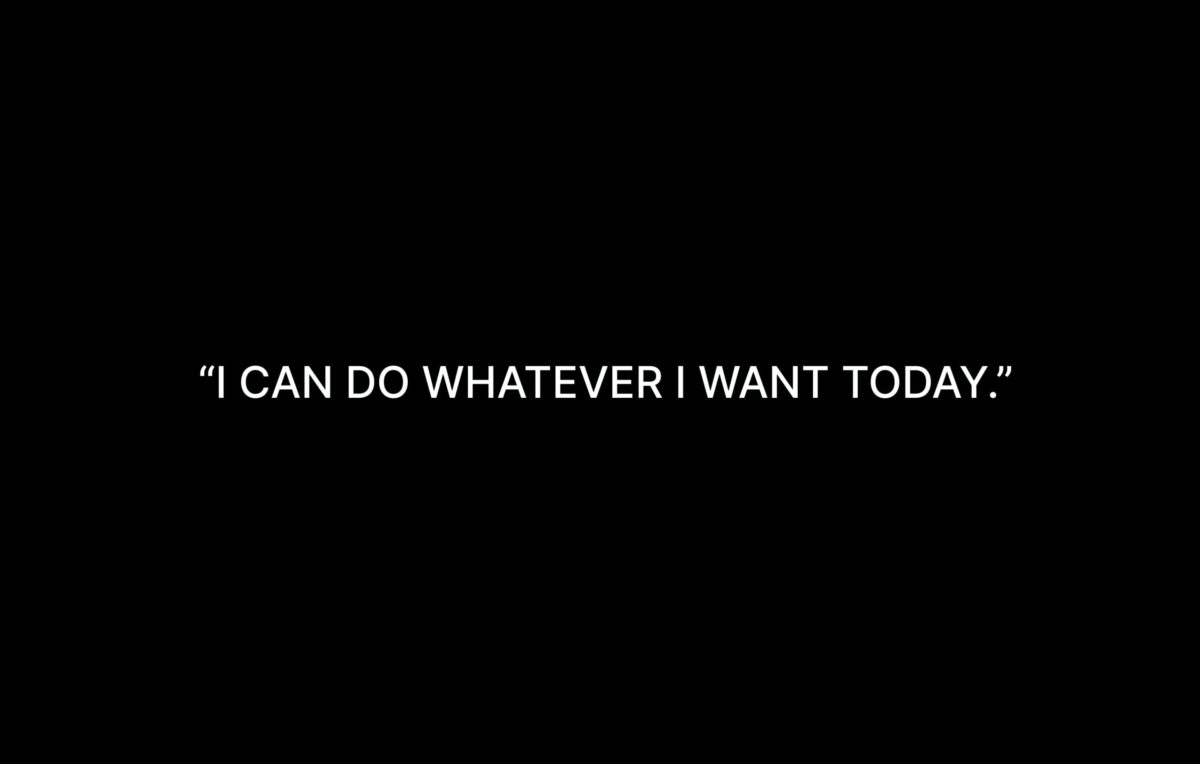

Selling value is great, but it isn’t the solution it used to be. The world – and customers — have changed around static solutions, and now we need to rethink the whole idea of selling value. Selling Value can no longer be the responsibility of any single corporate function. It needs to become a company-wide culture. Specifically, we need value-focused culture, or simply Value Culture.
There are four reasons why selling value is no longer good enough.
Sales Have Lost the Handle on Full Value
For many years, companies have delivered sales training to sales organizations, and salespeople have improved how they sell. The sales training industry has established “world class sales” is something that exists inside of the sales silo. Now, we have extensive research on what “World class sales performance” looks like…but only viewed within the arena of sales, sales ops, and sales enablement.
The business world has shifted around the sales performance industry, though. For the past few decades, though, companies have splintered their customer interface into many specialized roles:
Sales (hunters), account management (farmers), business development, inside sales, technical sales, demo specialists, sales development (appointment setters), installation, customer success, tech support, customer support, operations, finance, underwriting…
Salespeople don’t contact — much less have credibility with – all of the customer personas these specialist roles work with constantly. “Sophisticated” companies train their specialists to deliver a great “customer experience”: customer interactions which promote the brand promise— or at least, eliminate weak links in the customer arc. That’s not remotely what’s needed. Customer experience training doesn’t equip anyone to discover any of the value gaps from their unique vantage point.
Any company not training every customer-facing role to uncover potential value is failing to leverage potential competitive advantages.
Selling Value Has Come To Mean Less and Less
Even for Selling organizations who haven’t splintered, selling value has become less and less effective.
Customers have splintered and siloed themselves as well. Your product or service touches more customer specialties than it used to…even if it didn’t become more sophisticated and capable. Dividing your total value proposition into narrower and narrower customer slivers can reduce the total value your salespeople sell. Every specialty your sales people fail to bring into the buying decision represents less value offered. Selling value doesn’t have the same impact it used to.
Sales organizations need to navigate more complex customer organizations. Meeting this challenge means raising the level of business acumen in your selling organization to find more “value leverage points”. Sellers need to combine business acumen with customer acumen to find those leverage points in each organization they encounter.
Value Selling Seldom Leads to Value-Based Pricing…
Frankly, I’m not very impressed with many current “value selling” methodologies. Average sales training teaches reps to apply benefits to each single persona. The best value selling methodologies only teach reps to sell beyond benefits, to customer outcomes…which is value. I haven’t run across any (OK, anyone else’s) value selling methodology which influences a customer to build their own cost impact statement of those outcomes.
Current value selling helps win sales, but is only short putt away from selling at a profitable price. I love winning a deal as much as the next guy, but I’ve help P&L responsibility: what’s the point of winning a barely-profitable deal? Your company lives on profits: a profit stream – not a revenue stream – is what funds innovation, investment, all of your fixed costs…and yes, commission checks.
Pricing is Profit.
If your value selling initiative doesn’t draw a clear, bright line to selling at a value-based price, you’re dropping out of the race with the lead…in the home stretch.
Hoarding Value Insights Cripples Your Company
Value uncovered by the sales organization …used to win sales…even at a value-based price…can represent a few open loops in a company. An organization-wide value culture closes these loops.
Value insights gathered via value discovery need to inform many other organizations in your company:
- Marketing. First, content can be tightly focused on the value your company is uniquely positioned to offer. Clicks and opens relating to those value points are worth infinitely more than those on more generic click-bait content. Leads that germinate from outcome-based content are gold. Crap content generates crap leads. Second, you have persona-focused value insights which can drive tightly targeted, highly relevant sales support content. Collaterals that focus on specific “buying journey sticking points” are deal-movers.
- Product Management and product training. Product training that describes persona-specific outcomes is the gold standard that few organizations practice. Roadmaps and product strategies informed by a rich database of value insights are also far too uncommon.
- Innovation. The virtual call center, a staple of today’s world, was invented at a cost of zero (OK, we had to develop a few new powerpoint slides), simply by combining two products together. The key to this innovation was a value insight. When product developers have a deep well of value insights to draw from, inventions and innovation are radically improved.
Your World has Changed. How Will You Respond?
To combat these evolving challenges, you must establish a value-oriented corporate culture. Culture crosses silo boundaries, countering the unintended consequences of specialization. There are techniques, tools and technologies that can help.
If this resonated, or spurred some thoughts, like, comment or share. If you’d like to talk further, contact me.
To your success!














